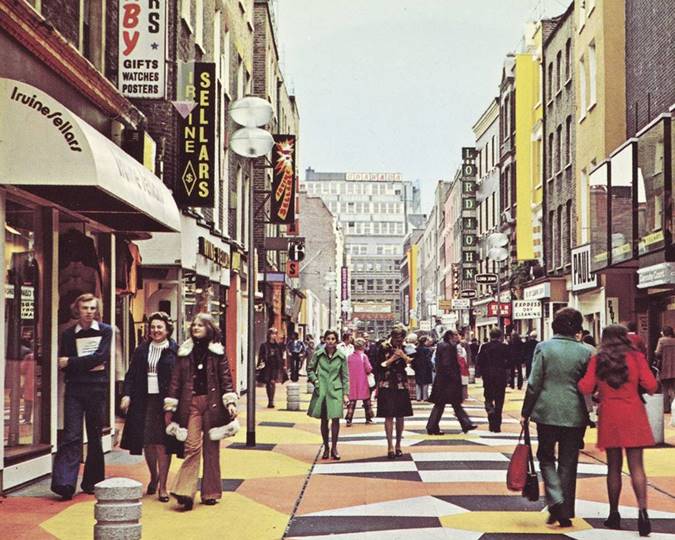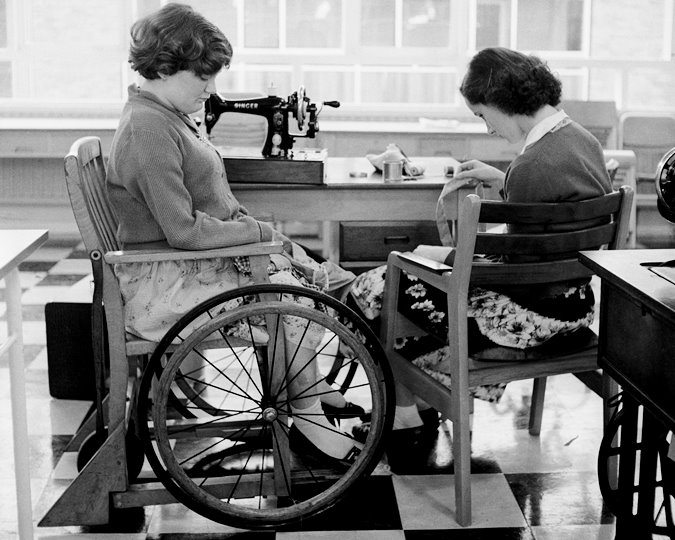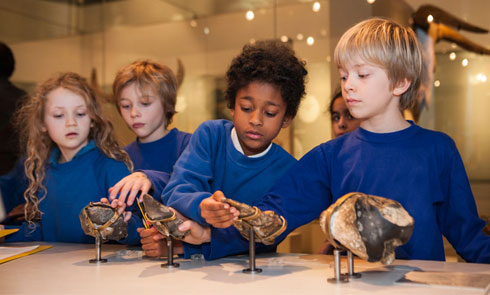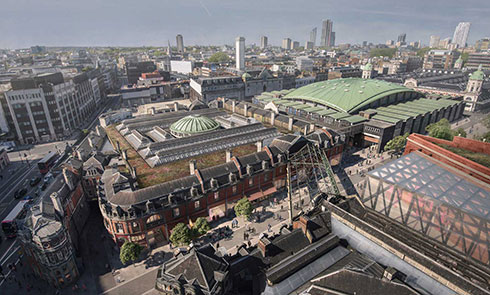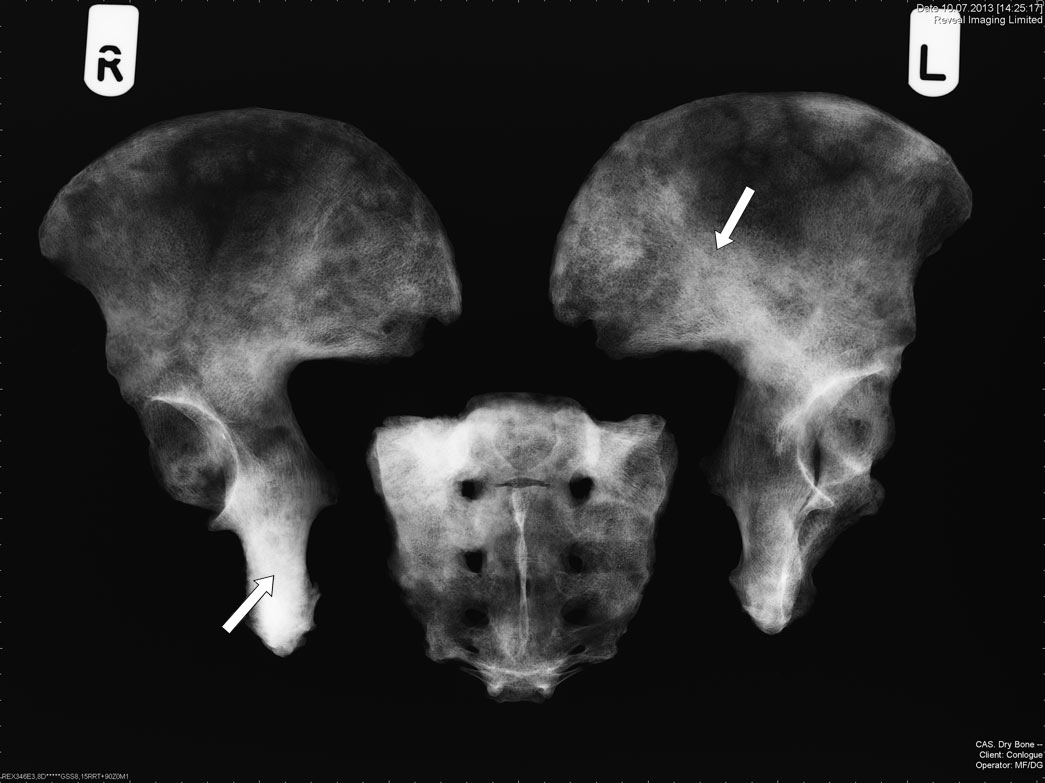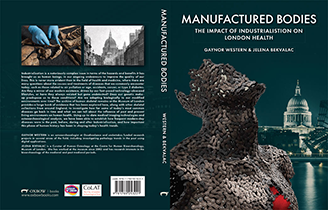Impact of industrialisation on London health
Has our health really changed over time?
To answer this question, a multidisciplinary research project investigated archaeological human skeletal remains from 22 sites across the UK. Funded through a generous bequest from The City of London Archaeological Trust (CoLAT) by the late Rosemary Green.
The period of industrialisation was a pivotal time, influencing all aspects of people’s lives and profoundly affecting the environment in which they lived and worked. With the curation of large-scale archaeologically derived collections of human skeletal remains from the pre-industrial (medieval) and industrial (post-medieval) period at the Museum of London, and comparative skeletal collections from non-Metropolitan locations outside of London, it was possible to examine and analyse the skeletal remains of men and women who had lived through the industrial era. Thus enabling a unique perspective on the impact of industrialisation on the health of Londoners directly from their physical remains.
Digital radiography and computer tomography (CT) scanning were used to assess the consequences of industrialisation detectable in the skeletal remains of these individuals.
Only adults with an age and sex estimation were analysed, enabling them to be grouped in to age cohorts of young, middle and old age adults. We could therefore discern health patterns amongst the men and women in the different age groups, over time and in relation to their geographical context, to assist in determining the factors important to the health of Londoners and the general population in the past and present.
Seven diseases were selected that are often associated with industrialisation, urbanisation, enriched lifestyles and old age to assess their prevalence over time:
- HFI: Detected using radiography and CT
- Osteoporosis: Detected using radiography
- Joint Disease: Detected macroscopically and radiographically
- Trauma: Detected macroscopically
- Neoplastic disease (cancer): Detected using radiography and CT
- Infectious disease (rib lesions): Detected Macroscopically
- DISH: Detected Macroscopically
These diseases were investigated to ascertain if and how their frequency has altered over time to the present day. Establishing patterns and trends provides a synthesised insight into the health status of the population, and specifically Londoners, in relation to rural and urban lifestyles, social status, technological and medical advances, hazardous environments, malnourishment and excess food, cancers and age related issues.
A new publication, Manufactured Bodies: the Impact of Industrialisation on London Health, reveals the findings from the archaeological assemblages and the large scale comparative data sets, and how they resonate with modern health topics. Issues such as air pollution, nutrition, sedentary lifestyles, technology and ageing are all pertinent today. Industrialisation has had serious consequences to our health and leaves an ongoing legacy: it is literally shaping our lives.
Impact Radiographic Images Database
All the radiographic images used in this study can be accessed via our online searchable database.
Here you can access all the radiographs used in the impact project research. You will need a login to access the database. Please use the 'sign up' button to create an account. Once your account is approved, you will receive a confirmation email.
This table lists all of the sites used in the Impact Project giving the sitecode and indicating if pre-industrial or industrial, London or non-metropolitan, time period parameter and for the London sites social status based on funereal contextual information.
Next: Introduction



